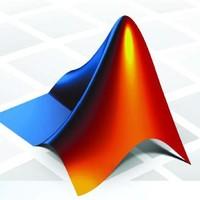Level-index arithmetic appeared in the 1980s. One of its principal purposes was to abolish the issues caused by underflows and overflows in floating point. However, level-index arithmetic does not expand the set of numbers but spaces out the numbers of large magnitude even more than floating-point representations to move the infinities further away from zero: gaps between numbers on both ends of the range become very large. It is a trade-off which did not seem to convince the hardware manufacturers. We revisit it by presenting a custom precision simulator in MATLAB. This toolbox is useful for exploring performance of level-index arithmetic in research projects, such as using 8-bit and 16-bit level-index representations in machine learning algorithms where narrow bit-width is desired but overflow/underflow of equivalent width floating-point representations causes difficulties.
翻译:暂无翻译


